The Ancient Secrets of Two Aosta Valley's Castles
Forget the crowded canals of Venice or the endless queues of Florence. There’s a quieter, more ancient Italy waiting to be discovered, nestled deep in the northwestern Alps: the Aosta Valley
This autonomous region, a land of soaring peaks and verdant valleys, is dotted with some of Europe's most captivating medieval castles. And if you’re a traveler who craves history, you can feel and hikes that lead to dramatic revelations, then visiting strongholds like Cly and Ussel is an absolute must.
I just spent a day walking through their stony remains, and what I discovered wasn't just ancient architecture, but layers upon layers of human stories, stretching far beyond the knights and noble families. It’s a powerful reminder that the most compelling travel experiences often lie off the well-trodden path.
Cly Castle: Where History's Shadows Linger
My journey began with Cly Castle, perched dramatically on a rocky promontory above Saint-Denis. Even from a distance, its silhouette against the Alpine backdrop speaks of forgotten power. As I hiked up the winding path, the scale of its ancient foundation became clear. This isn't just a medieval castle; it's a testament to millennia of human strategic foresight. The ground it stands on shows evidence of Bronze and Iron Age settlements. It seems that from the earliest inhabitants to the powerful Challant family who built Cly into a formidable feudal center around 1027, certain places inherently commanded respect and provided unparalleled advantages. It's as if the land itself whispers, "This is a place of power, a place to be.”
Sponsored content
But Cly holds more than just a sense of ancient strength; it has a profound human tragedy. Stepping into its crumbling ruins, I felt the chill of its darkest hour. It was here, in 1428, that a woman named Johanneta Cauda was imprisoned in the castle's dungeon, accused of witchcraft. Her story is poignant, reflecting the age's fear and superstition. Imagine her confined within these very walls, facing an unjust trial that would lead to her burning at the stake. Visiting Cly, it’s impossible not to ponder her fate, to wonder what her "magic" truly was – perhaps merely a knowledge of herbs, an independent spirit, or simply a convenient scapegoat. The air around Cly feels heavy with her memory, a stark reminder that history, even in these beautiful settings, often has a brutal side
Today, Cly is essentially a ruin, its central tower and sections of its mighty walls standing as silent sentinels. But this very state of decay only amplifies its evocative power. You can wander freely, imagining the lives lived within its walls – the powerful lords, the common folk, and those, like Johanneta, caught in the grip of historical forces beyond their control. For hikers, the approach offers stunning panoramic views of the valley, a rewarding journey to a site steeped in both grandeur and sorrow.
Ussel Castle: A Phoenix of Stone, Saved by Pens
From the somber, ancient power of Cly, my route took me to Ussel Castle, near Châtillon. Ussel offers a striking contrast and a different kind of historical narrative. Built around 1343 by Ebalo II of Challant (yes, that same powerful family again, though a different branch!), Ussel is an architectural anomaly. Unlike the more traditional, organically grown castles often clinging to sheer cliffs, Ussel is a formidable "monobloc" – a single, imposing stone body designed for impregnability. Its austere, geometric form feels almost modern in its defensive efficiency, a stark cube of power rising from its elevated promontory.
Ussel's history, too, is layered. Born from complex family inheritance disputes, it eventually passed out of Challant's hands, serving as a prison and barracks before falling into complete abandonment for over a century. Imagine it: a majestic castle left to crumble, its glory forgotten.
But Ussel’s story doesn't end in ruin. This is where a truly remarkable modern chapter begins. In 1983, in an extraordinary act of historical preservation, Baron Marcel Bich, the visionary founder of the ubiquitous Bic pen and lighter company, acquired the castle. He then donated it to the Aosta Valley region, funding its thorough and meticulous restoration. Yes, the man who put pens in every pocket saved a medieval castle! It’s an incredible, quirky detail adds a unique charm to Ussel's long history. The story of Ussel is a testament to the idea that even the most abandoned relics can find new life, breathing again through the passion and vision of individuals who recognize their intrinsic value.
Today, Ussel is no longer a prison but a vibrant cultural center, hosting temporary exhibitions celebrating Aosta Valley’s rich heritage. Walking through its restored halls, you can almost hear the echoes of the past, now harmonizing with the present. It’s a perfect example of "symbolic resonance" – a place that has continuously been significant to humans, from its strategic origins, military and punitive uses, to its modern role as a hub for art and culture.
Beyond the Usual Itinerary
My day exploring Cly and Ussel was a powerful reminder that travel is about more than just checking off famous landmarks. It's about connecting with the deeper currents of history, walking in the footsteps of people whose lives shaped the very stones beneath your feet. The Aosta Valley, with its rugged beauty and unparalleled historical depth, offers this connection in spades.
For a traveler, especially those who appreciate the quiet grandeur of the mountains and the thrill of uncovering hidden gems, the Aosta Valley is an experience waiting to happen. Whether you’re scaling the heights to a dramatic ruin like Cly, feeling the chill of ancient tragedies, or exploring the meticulously restored halls of Ussel, saved by an unlikely hero, you'll find stories etched in stone. Landscapes that stir the soul. Come for the hiking, stay for the history – you might find that Italy's most compelling narratives are whispered not in crowded piazzas, but on lonely mountain winds.
Why Authentic Travel Matters More Than Ever
The problem of overtourism isn't just about crowded landmarks; it impacts local cultures, environments, and the quality of a traveler's experience.
Authenticity: A chance to connect with genuine local life, far from the polished, often homogenized, tourist traps.
Sustainability: Reducing pressure on overcrowded sites helps preserve them for future generations and distributes economic benefits more widely.
Deeper Engagement: When you're not battling crowds, you have the space to truly absorb the history, the atmosphere, and the stories embedded in a place. This leads to more meaningful and memorable travel.
The Aosta Valley, with its blend of dramatic Alpine scenery, profound history, and relative tranquility, perfectly embodies the authentic and rewarding travel that more and more people seek. It's a testament to the fact that Italy's wonders extend far beyond its most famous cities.
ARE YOU INTERESTED IN OTHER STORIES?
You can find my books here: https://bit.ly/MysteryinLife

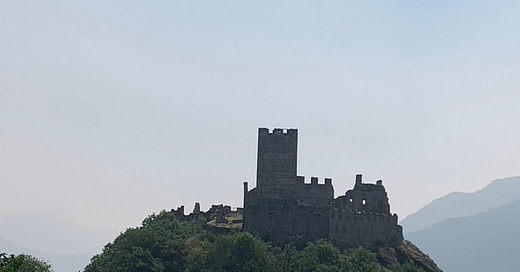



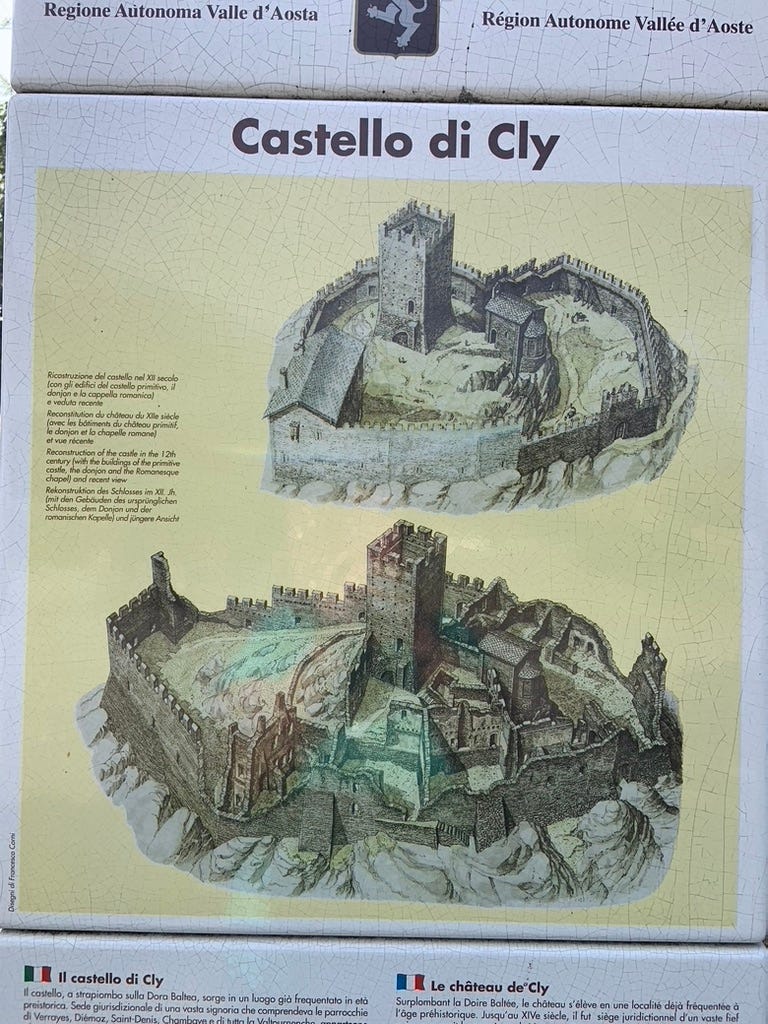

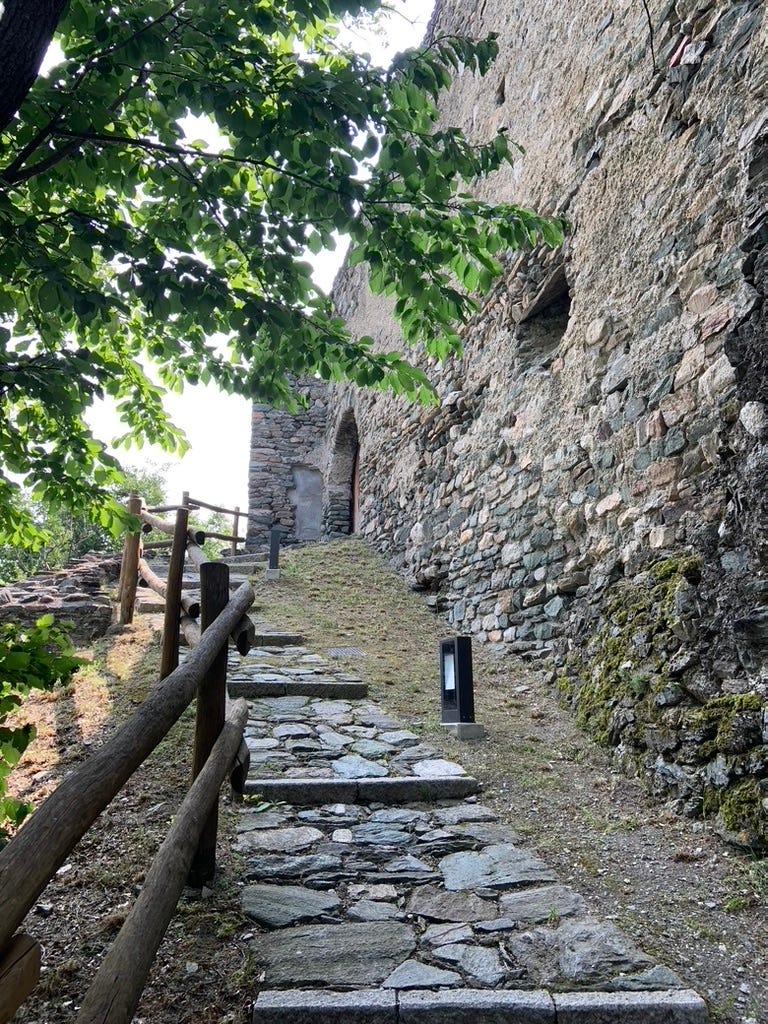
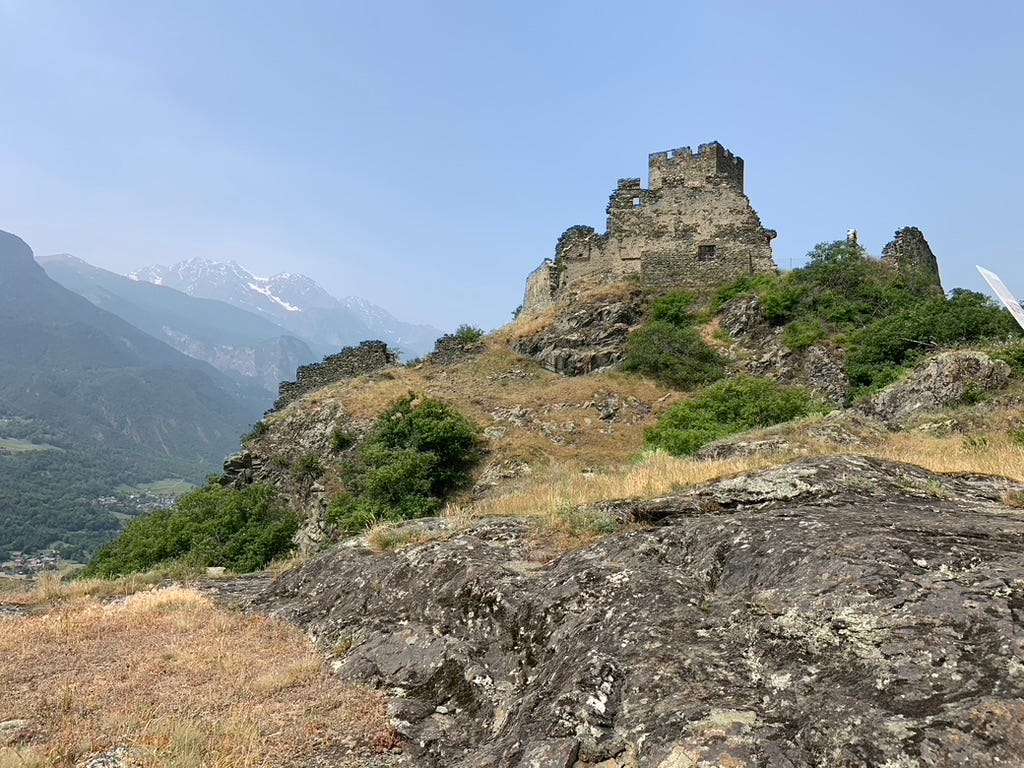
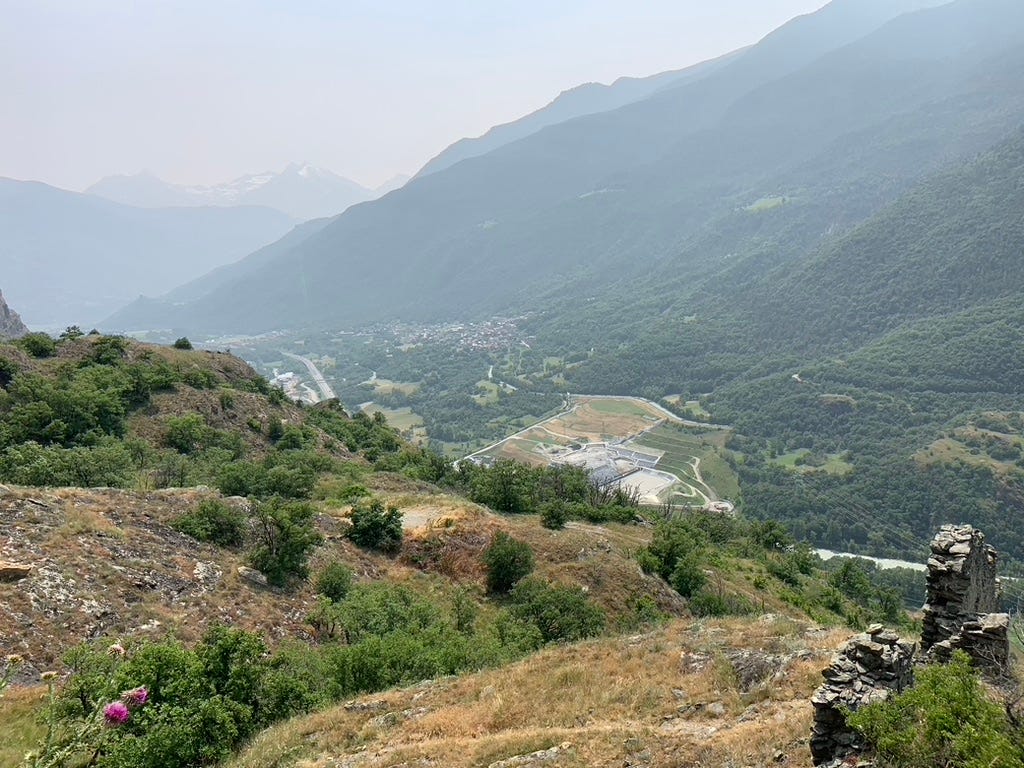
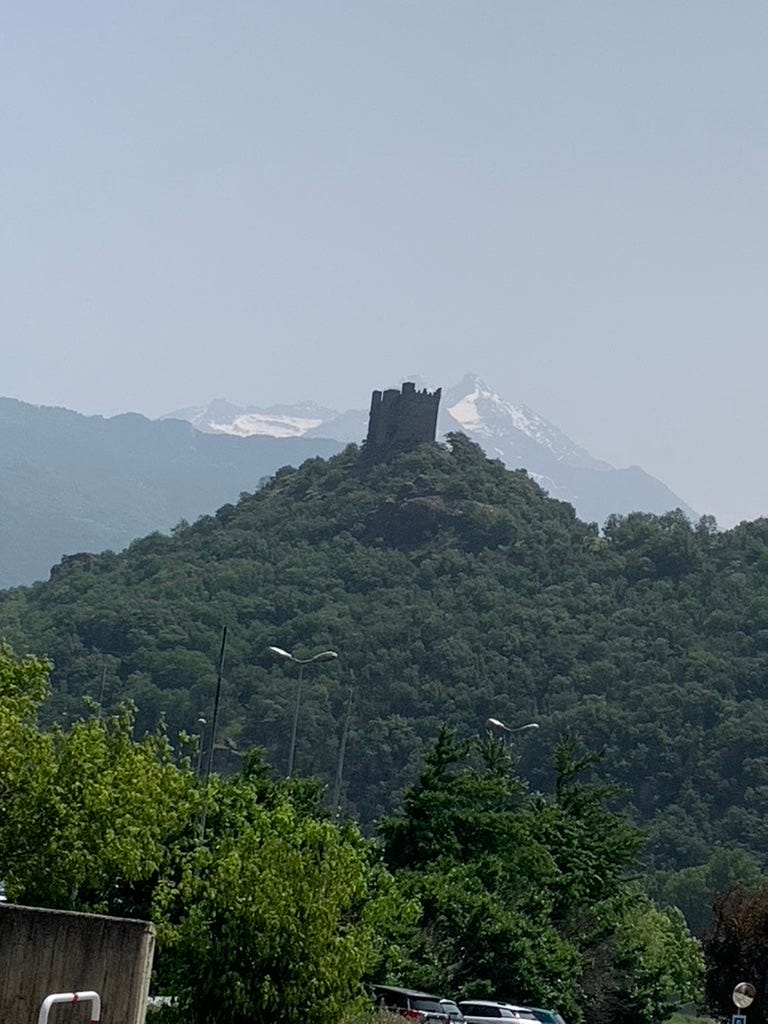
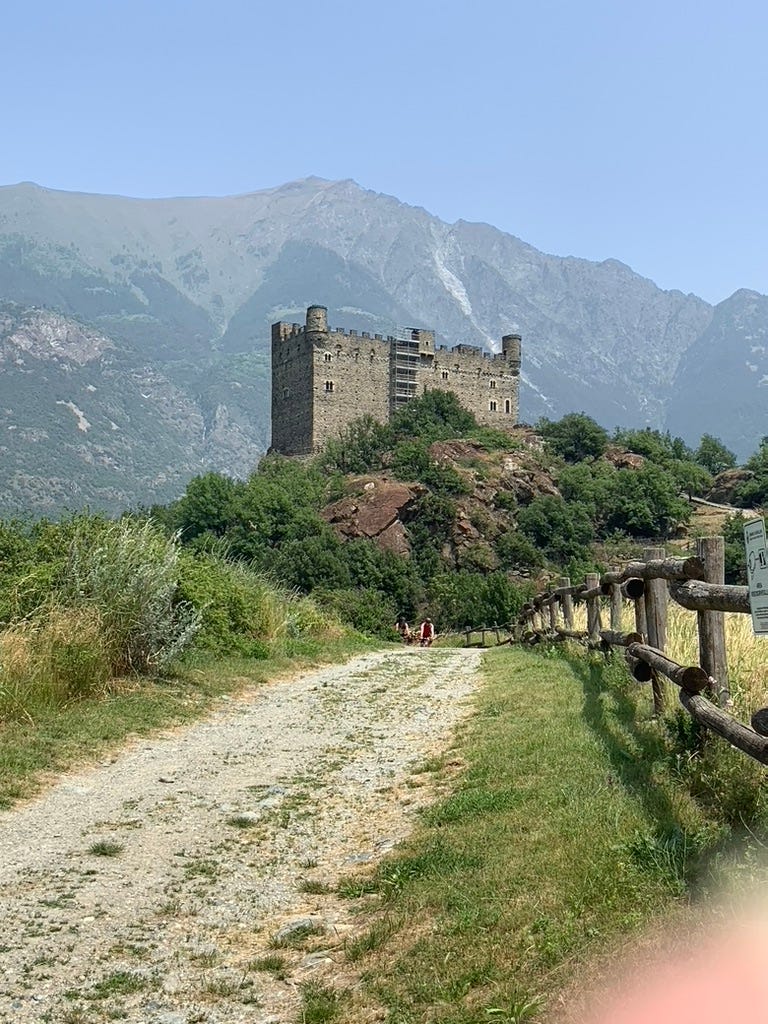
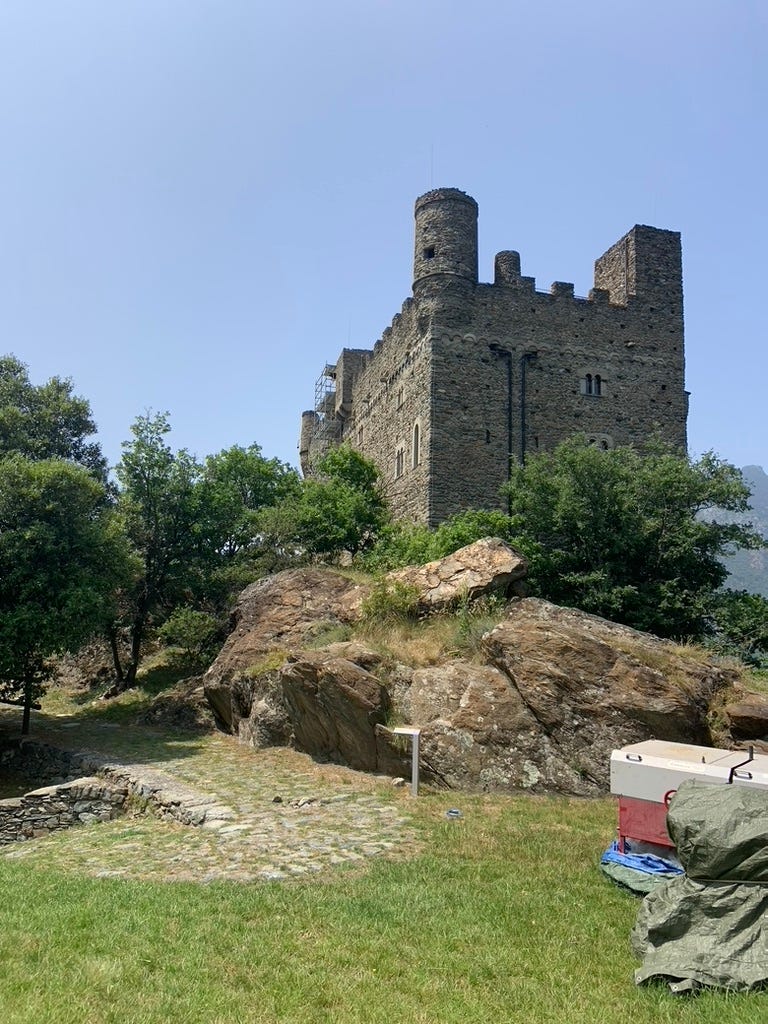

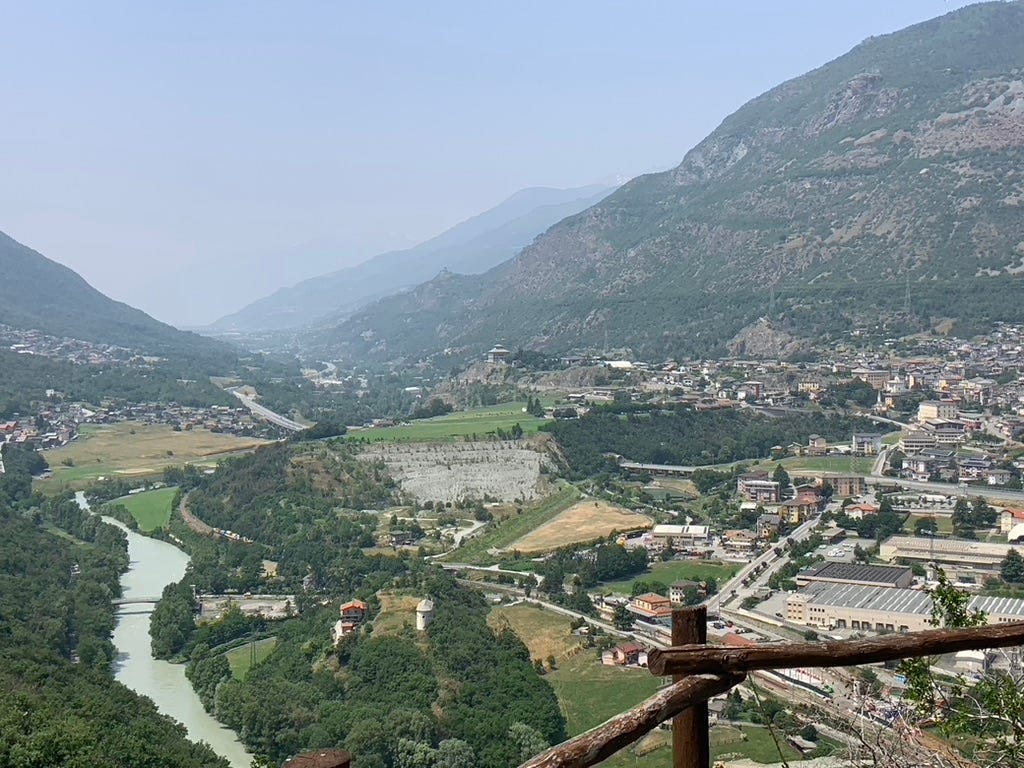
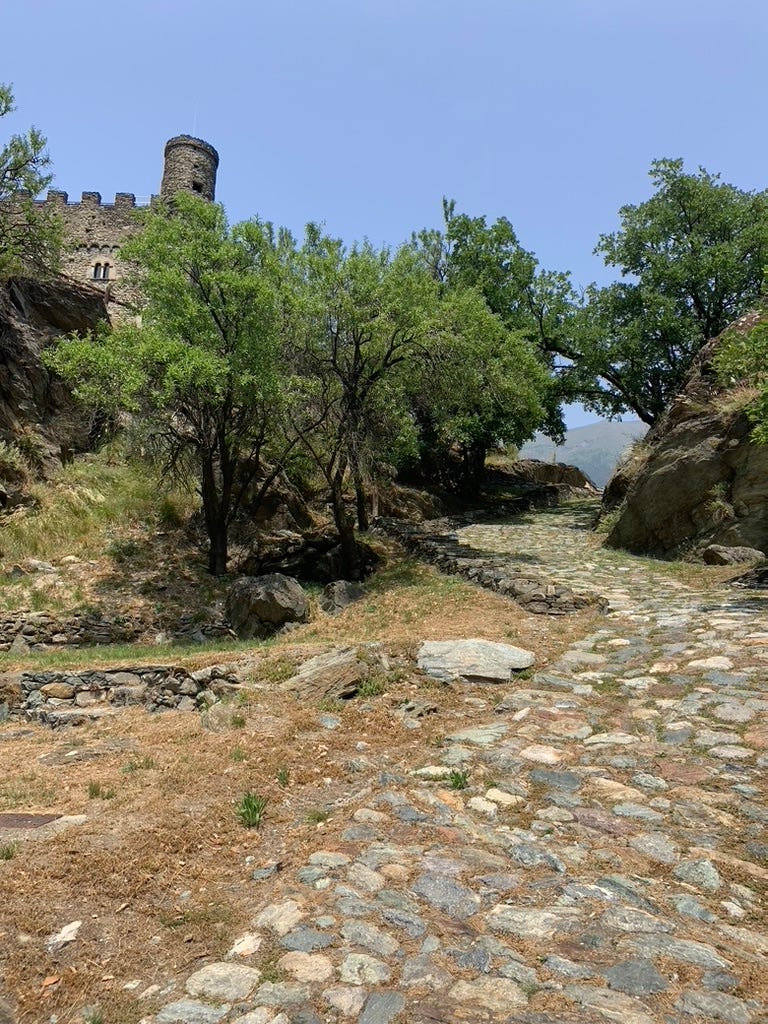


Beautiful!